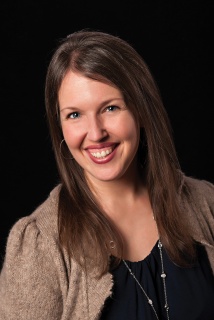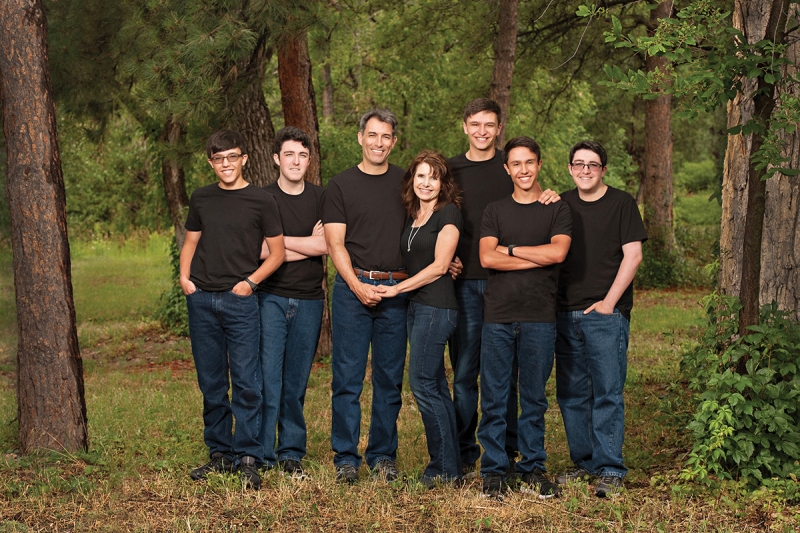On Solid Ground: Profitability and Sustainability are Foundational
Being debt-free is important for the health of your photography business. So is having an emergency fund for when the market dips. Lindsay Betz of Jonathan Betz Photography offers budgeting tips.
• October 2020 issue

Lindsay Betz
Photography is an amazing medium for creativity and art. For people who desire to own a photography business, the opportunities are vast. I believe that any photographer with the drive, determination, and willingness to put in the work can achieve a profitable and sustainable photography business.
The longer my husband and I have been in business and the more I teach on topics of business health, the more I realize the essential nature of profitability and sustainability. Both are necessary for a healthy business.
PROFITABILITY
While profitability can exist without sustainability, I believe sustainability always requires profitability. You can learn pricing strategies for profitability by following best practice guidelines in pricing your work. PPA’s Square One is a good place to start. And a pricing curriculum on PPA’s website offers a balanced approach to cost-based, demand-based, and competitive-based strategies. It’s what you do with your profitability that determines whether you’ll have a sustainable business.

SUSTAINABILITY
Sustainability requires that we be intentional about what we do with our profits. Sustainable businesses retain earnings in savings to ensure the business can weather the expected and unexpected ups and downs that come to any business—the coronavirus pandemic and accompanying economic slump is one timely example.
Sustainable businesses plan for future needs related to equipment, studio upgrades, and the necessary refinements and improvements that will keep a business relevant and fresh through the years. You absolutely must compensate yourself and build a photography business that supports your family and your desired lifestyle. Profitability must compensate the owners and workers and also contribute to the health of the business. Profitability must have this dual focus to bring essential sustainability.
DEBT FREEDOM
Debt-free principles align powerfully with profitability and sustainability and have been part of our own success for Jonathan Betz Photography. While many people believe debt is a viable tool for moving a business forward, the reality is that debt introduces significant risk. Debt creates burdens you may not realize, and it places pressure on a business to meet payments plus the accruing interest. Debt means you’re always paying more than the sticker price of a purchase. An often unrealized impact of debt is that it keeps you focused on past purchases rather than focusing on the future.

Debt-free practices parallel a focus on sustainability that’s essential to the creation of a solid business with a firm foundation. I’ll admit, I never once thought a time would come when a pandemic would tell us we couldn’t work. And yet it happened. Has this disruption revealed some cracks in your foundation? Or have you been able to rely on emergency funds you saved in the past to give you peace in the midst of this storm? Surviving a disruption of this magnitude is a vastly different experience when you have a six-month supply of savings versus a business with no financial cushion.
START YOUR FOUNDATION
At Imaging USA in January, 2021, I’ll present a class focused on finances and the essential pieces of profitability and sustainability. In the meantime, here are some actions you can implement right away to create your solid foundation:
If you have debt, challenge yourself to stop adding to it and commit to paying it off as quickly as possible. List your debts smallest to largest. Pay minimum payments on everything but the smallest debt. Attack that smallest debt with as much above the minimum as you can manage. You may need to get creative, but as fast as you can, eliminate the small one. Once you cross that one off, take everything you’ve been paying on it and begin attacking the second one on the list with everything you can. Paying off the smallest debts first motivates you to continue. Those larger debts will take the most time and will need to benefit from your motivation and success of paying off the earlier ones. For resources and more information on this concept of the debt snowball, look to Dave Ramsey books and online materials.

Build an emergency fund. If you don’t have one, begin by setting aside $1,000 as quickly as possible. It’s best to do this before the debt snowballs to keep you from adding to your debt when an unexpected need arises. Once you’re out of debt, build up the emergency fund to represent six months’ of expenses for your business. I recommend also doing this for your family. The security you feel when you have six months’ of business needs matched with six months’ of personal needs is truly worth the effort.
Create a list of savings categories for your business. Every business has monthly expenses, and they tend to stay in your focus the easiest since they come regularly. Where many businesses get tempted into debt is with irregular or big-dream ideas. Are you looking to move into a bigger studio or renovate a space for the next stage of your business? That’s going to take funds. Are you planning to go to Imaging USA? It comes every year, so plan for it. Do you pay your insurance premiums monthly or annually? If annually, you’ll need to set aside funds throughout the year so you’re ready for that payment. Once you create this list, determine the best method for you to delineate funds for each category and ensure the money gets spent as intended. This may mean a handful of savings accounts that represent each category you’ve identified; it may mean one savings account and a spreadsheet where you track the amount in each category. Regardless of the method, be in the habit of putting away savings that are drawn from your profitability to be prepared for your future.
My goal for you is that you and your business thrive.
Lindsay Betz and her husband, Jonathan, own Jonathan Betz Photography in Colorado Springs, Colorado.



